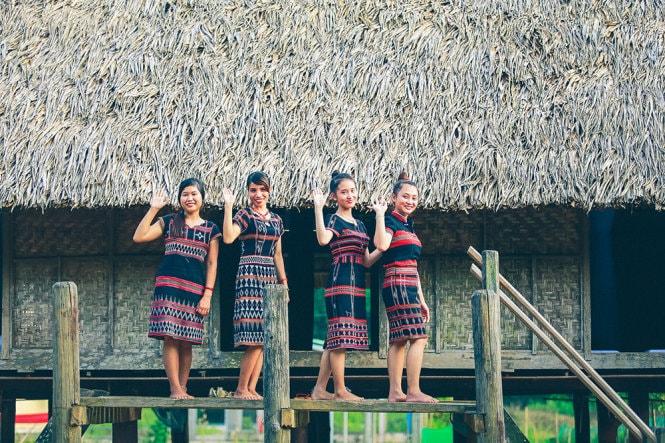
Lying between the two ranges of the East and West Truong Son are the villages and hamlets of the majority of Pa Ko and Ta Oi people, famous for their revolutionary tradition for generations. Their soul is the long roof - a sacred symbol of protection, shelter, and connection between children and families in the survival of the country.
Long House Storytelling...
Ho Miet, a young man from Ka Ku village, A Luoi 1 commune, took us to stay overnight at the village's long house. Miet told us many stories about the origin of his people. In fact, the Pa Ko and Ta Oi people are the same ethnic minority, living mainly along the border between Vietnam and Laos. That is why, since ancient times, the Ta Oi people, regardless of which country they reside and do business in, have the nationality of that country.
In general, the people in the whole A Luoi region have many ethnic groups such as Pa Ko, Ta Oi, Pa Hy, Co Tu living together, scattered in the villages, with the same farming methods, clothes, jewelry and some similar characteristics, but each ethnic group has its own independent language. The language shows the difference of each ethnic group.
Miết is a younger generation but his father told him a lot about the customs, habits, and traditional beliefs of his people that have existed for generations. According to Miết, the Pa Ko villages of the past were different from now, usually having only 5 to 10 long roofs built of wood, bamboo, thatched with conical leaves and grass. These were families of relatives on both sides of the paternal and maternal lineages, with no outsiders, but gradually that changed, and households not related to the family were also allowed to live together.
From the outside, the long houses are very similar in model, because they are built in a rectangular shape, in the architectural style of a stilt house, with a width of 4-6 meters, a length of 30 to 50 meters or more depending on the number of families.
Poor families build simple houses using materials taken from the forest, while wealthy families build elaborate and stylish houses, entirely from rare woods, with carved patterns on some items. Most long houses are divided into two main parts, the middle room has a large fire for cooking, worshiping, and traditional rituals, and is the living space of all members of the extended family.
Next are the rooms (living quarters) of each small family, first are the rooms of grandparents, parents, children, grandchildren... according to the hierarchy, each room has a fireplace, separate furniture so anyone can see that the people in each room eat separately, but today this way of living has changed a lot.
The house is about 5-6 meters high from the floor to the roof, very airy and cool all year round. Many long houses were not necessarily very long when they were first built, but over time, as the children grew up, got married, and had to be extended to have enough living space.
Most of the Pa Ko villages are at the foot of the mountain, near streams because in the past they used to raise elephants to transport forest products. Now, elephants are rarely seen and occasionally there are long houses built from cement, steel, tile roofs, and corrugated iron roofs, which have somewhat lost the image of the ancient long house.
Keep the sacred fire and the soul of the mountain
The spiritual culture of the Pa Ko people is also expressed through very rich and diverse festivals. The Aza worshiping ceremony is to pray for the gods to bless the villagers to always be peaceful, in each longhouse kitchen there is always a red fire, the rice and potatoes in the fields are full of seeds, and the harvest is good. This is considered the biggest festival of the Pa Ko people, also known as the new rice celebration.
To prepare for this most important ceremony, villagers gathered to pound sticky rice, cook the most delicious dishes, women and girls wore colorful skirts and salanganes to show their sincerity to the sacred beings. To have that wish, they definitely had to perform the Pul Boh ceremony, also known as the ceremony to protect the fields, praying for the gods to guard and drive away evil beasts that would destroy the crops.
The Pa Ko people have a very unique custom called the pieng construction custom. Families whose relatives have passed away are still buried normally, but after 3 to 5 years, those graves are exhumed, the remains are put in ceramic coffins and moved to a suitable location in the open air, not re-buried.
The Pa Ko people's weddings also have their own unique features. When children reach the age of starting a family and falling in love, the groom's family must prepare money, gold, cows, pigs, and wine; while the bride's family prepares zèng (brocade fabric) and Alôơ mats for the wedding...
As the sun slanted westward, spreading a pale yellow carpet of sunlight on every garden and patch of grass, we left A Luoi. After two and a half hours, the small town of Prao, now Dong Giang commune, Da Nang appeared before our eyes. My friend sitting next to me smiled and exclaimed: “We’re home,” but everyone understood that we still had more than 80 kilometers to go before reaching… the Han River.
Source: https://baodanang.vn/nguoi-pa-ko-duoi-bong-nha-dai-3308947.html


![[Photo] Lam Dong: Close-up of illegal lake with broken wall](https://vphoto.vietnam.vn/thumb/1200x675/vietnam/resource/IMAGE/2025/11/03/1762166057849_a5018a8dcbd5478b1ec4-jpg.webp)
![[Photo] Fall Fair 2025 and impressive records](https://vphoto.vietnam.vn/thumb/1200x675/vietnam/resource/IMAGE/2025/11/03/1762180761230_ndo_br_tk-hcmt-15-jpg.webp)


![[Photo] Prime Minister Pham Minh Chinh receives the Chairman of the Japan-Vietnam Friendship Association in the Kansai region](https://vphoto.vietnam.vn/thumb/1200x675/vietnam/resource/IMAGE/2025/11/03/1762176259003_ndo_br_dsc-9224-jpg.webp)
![[Photo] General Secretary To Lam receives Singaporean Ambassador Jaya Ratnam](https://vphoto.vietnam.vn/thumb/1200x675/vietnam/resource/IMAGE/2025/11/03/1762171461424_a1-bnd-5309-9100-jpg.webp)
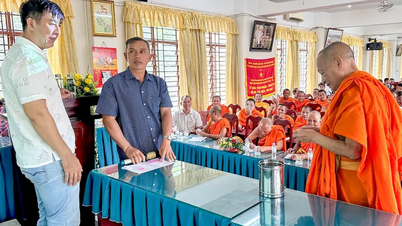





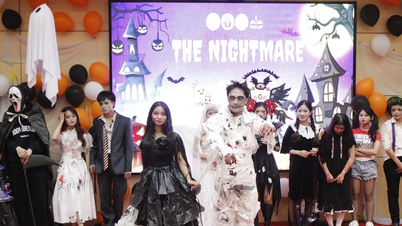

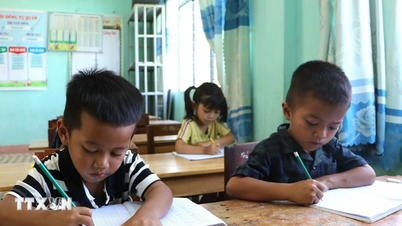
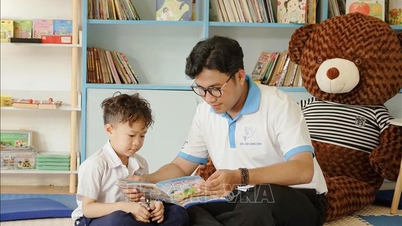







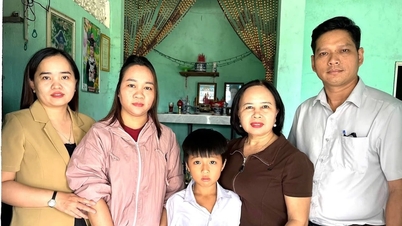
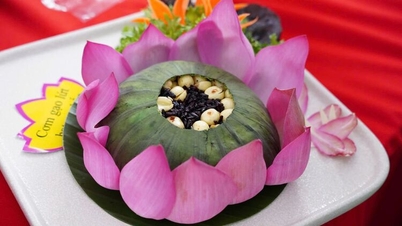






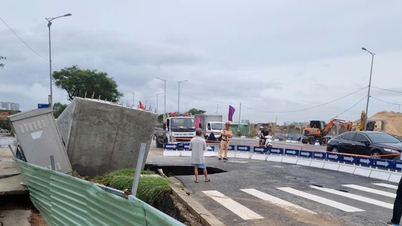
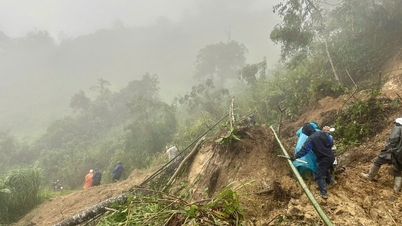
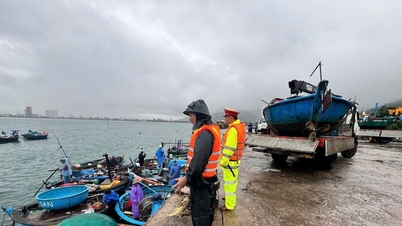
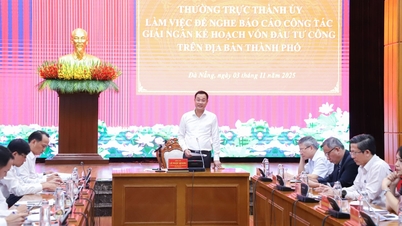
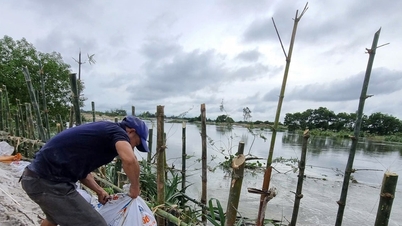



























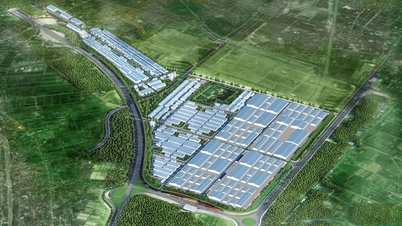
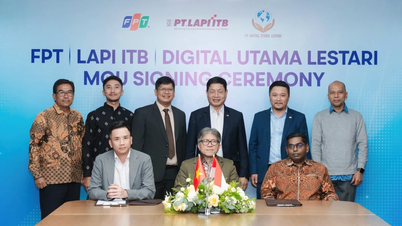













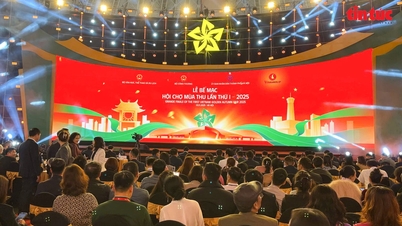


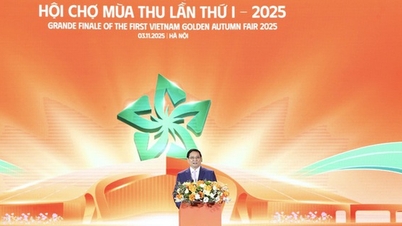
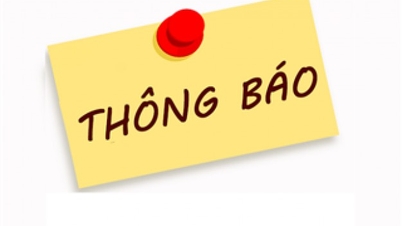




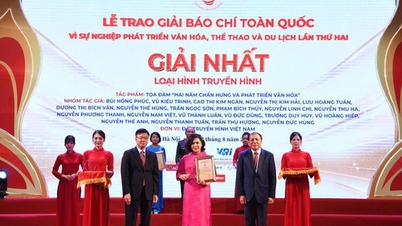


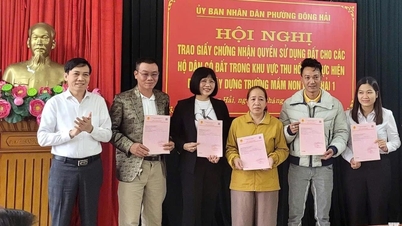

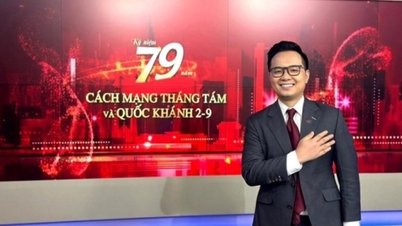

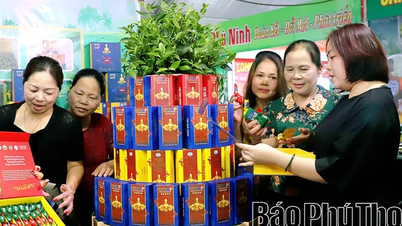
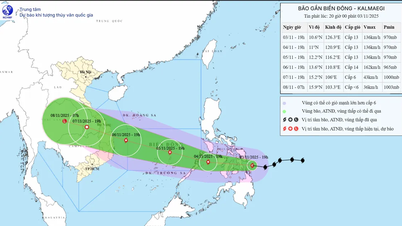
















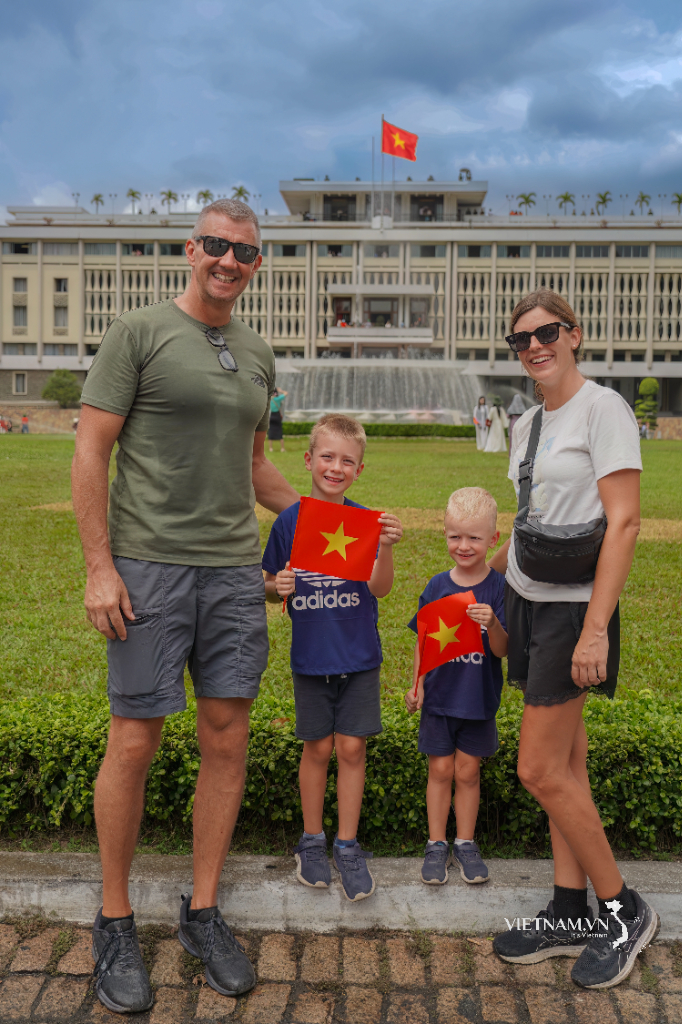
Comment (0)